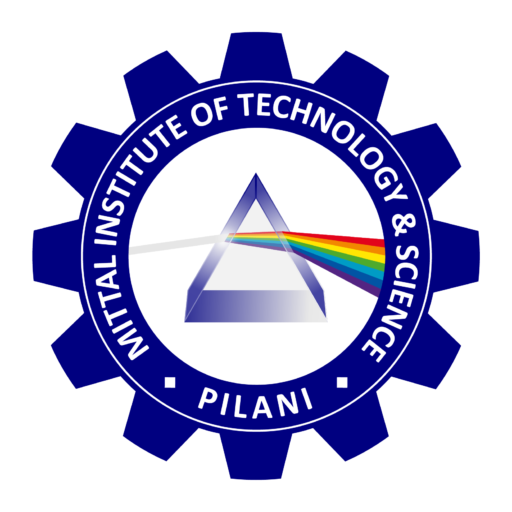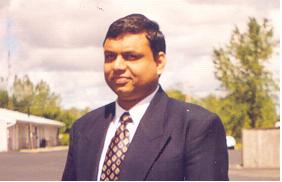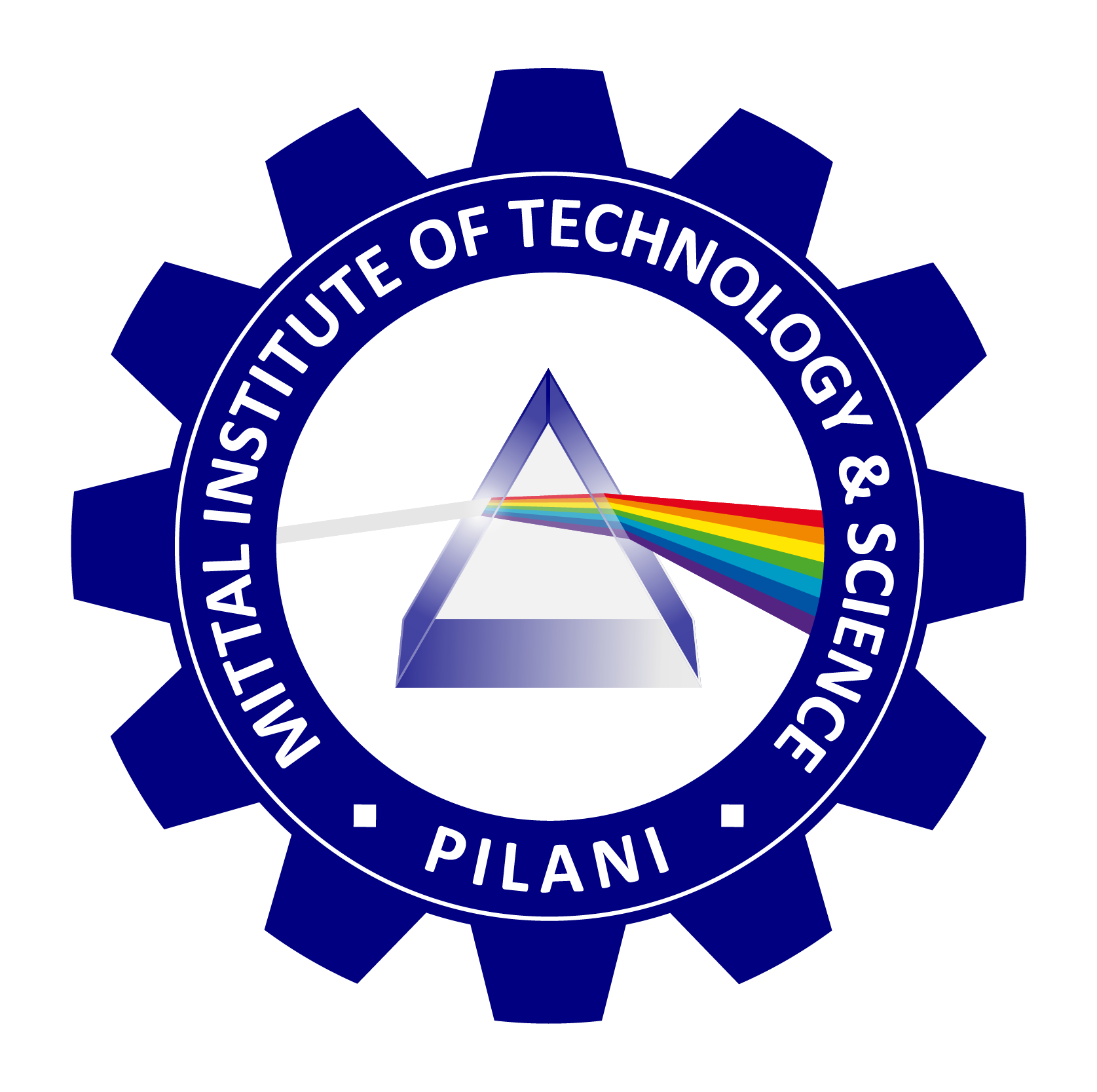
MITTAL INSTITUTE OF TECHNOLOGY & SCIENCE, PILANI
Call Processing Software in a Digital Switching System
Call processing software plays a critical role in digital switching systems, which are the backbone of modern telecommunication networks. This software is responsible for handling and controlling telephone calls, managing the connection between users, and ensuring smooth communication. The complexity of call processing software arises from the need to manage a large number of simultaneous calls, handle different types of communication protocols, and ensure real-time, error-free operation.
Interface Modules to Call Processing
Call processing software typically interacts with various interface modules that handle specific tasks, such as:
- Subscriber Interface: This module manages the connection between the switching system and the individual users (subscribers). It processes the signals received from the user’s device, such as dialing inputs, and initiates call setup.
- Signaling Interface: It handles the signaling protocols required for setting up, maintaining, and terminating a call. Examples include SS7 (Signaling System No. 7), SIP (Session Initiation Protocol), and H.323.
- Trunk Interface: This module manages the trunks (communication channels) that connect the switching system to other exchanges or remote networks, handling inter-network communication.
- Switch Control Interface: This module controls the hardware responsible for switching the paths within the digital switching matrix, enabling calls to be routed between different users and networks.
- Media Gateway Interface: This handles the conversion of voice streams between different formats (e.g., analog to digital, or between different codecs).
Event Handling in Call Processing
Call processing software is event-driven, meaning it reacts to various events that occur during a call lifecycle. These events could include:
- Call Initiation: When a user dials a number, the event is captured by the subscriber interface and passed to the call processing logic, which begins setting up the call.
- Ringing and Answering: The software must handle the event when the recipient answers the call, signaling to the switching system to connect the voice channels.
- Call Progress: During the call, the system monitors the connection, ensuring that it remains intact.
- Call Termination: When either party ends the call, the system must release the resources (such as channels and trunks) that were allocated for the call.
Events are typically managed using an event queue, and the call processing software must respond in real time to ensure uninterrupted communication.
Operating Systems Supporting Millions of Calls per Hour
Digital switching systems handling millions of calls per hour rely on highly optimized and scalable operating systems. Some of the key operating systems designed for telecom environments include:
- UNIX/Linux-based Systems: These are popular due to their stability, scalability, and support for multi-threading and real-time applications. Custom versions of Linux are often used in telecom systems for their ability to handle high loads efficiently.
- VxWorks: This is a real-time operating system (RTOS) often used in embedded telecom systems. It provides deterministic performance, which is critical for handling time-sensitive events in call processing.
- QNX: Another RTOS, QNX is used in telecom applications that require high reliability and real-time performance, particularly in distributed systems.
Resource Allocation and Multiplexing
In a digital switching system, resources such as communication channels and bandwidth must be allocated efficiently to handle large volumes of calls. Key concepts include:
- Channel Allocation: Channels are allocated dynamically based on call demand. The system must ensure that each call gets a dedicated path without interference.
- Multiplexing: Time-division multiplexing (TDM) is often used in digital switching systems, where multiple calls share the same physical transmission medium by dividing the time into slots. Each call is assigned a specific time slot, allowing efficient use of the available bandwidth.
- Shannon’s Theorem: Shannon’s theorem, also known as the Shannon-Hartley theorem, defines the maximum data rate that can be transmitted over a communication channel without errors, given the bandwidth and the signal-to-noise ratio (SNR). In call processing, this theorem is important for determining the quality and capacity of voice channels in digital communication systems.
Programming Languages, Frameworks, and APIs
Call processing software is typically written using languages and frameworks that support real-time, high-performance applications. Common programming languages include:
- C and C++: These languages are widely used in telecom systems for their performance and control over system resources.
- Java: Java is used for higher-level control applications in telecom systems, particularly for developing platform-independent software.
- Python: Often used in testing, scripting, and automation tasks within telecom systems.
- Telecom-specific APIs and Frameworks:
- SIP (Session Initiation Protocol): Used for initiating, maintaining, and terminating voice and video calls over IP networks.
- OpenSIPS/Kamailio: These are open-source SIP servers widely used in telecom applications.
- FreeSWITCH/Asterisk: Open-source telephony platforms that support VoIP and other telecom applications.
Real-World Applications
- Mobile Networks: Digital switching systems are used in cellular networks to route calls between mobile users and the public switched telephone network (PSTN).
- VoIP Services: Voice over IP (VoIP) relies on call processing software to handle internet-based calls.
- Call Centers: Call processing software is integral to the functioning of automated call centers, where it routes incoming calls and manages queues.
- Emergency Services: 911 and other emergency services rely on highly reliable call processing software to handle critical communication.
Major Players in Research and Development
- Bell Labs: A pioneer in telecommunications research, Bell Labs has made significant contributions to the development of digital switching systems.
- Ericsson Research: Ericsson is a leader in telecom R&D, particularly in the area of 5G and mobile switching systems.
- Nokia Bell Labs: Nokia continues to invest heavily in the development of next-generation telecom technologies, including call processing and switching.
Corporations Producing Call Processing Equipment
Several major corporations produce the hardware and software systems used in digital switching and call processing:
- Nokia: A global leader in telecom infrastructure, Nokia produces a wide range of digital switching systems.
- Ericsson: Known for its mobile network solutions, Ericsson provides advanced digital switching and call processing systems.
- Huawei: Huawei offers digital switching systems as part of its telecom infrastructure solutions.
- Cisco Systems: A leader in VoIP and IP-based communication systems, Cisco produces call processing software for enterprise and telecom markets.
Architectures in Call Processing
- Centralized Switching Architecture: In this architecture, all call processing occurs in a central location, where the system handles call setup, routing, and termination. This was common in early telephone networks.
- Distributed Switching Architecture: Modern systems often use a distributed architecture, where call processing is spread across multiple nodes or servers, providing better scalability and fault tolerance.
- Softswitch Architecture: Softswitches are software-based systems that separate call control from the media gateway, allowing voice and data services to be managed independently over IP networks.
- NGN (Next Generation Network) Architecture: NGN systems use packet-switched networks to handle both voice and data traffic, offering more flexibility and scalability than traditional circuit-switched systems.
Call processing software in digital switching systems is an intricate and vital component of modern telecommunication networks. It handles call setup, maintenance, and teardown in real-time while managing resources such as channels and trunks. The system’s efficiency is critical, particularly as telecom networks evolve to handle VoIP and mobile communications. Major corporations such as Nokia, Ericsson, and Huawei play a crucial role in developing the infrastructure needed to support modern call processing systems, while research institutions like Bell Labs continue to push the boundaries of what is possible in telecommunications.

Professor Rakesh Mittal
Computer Science
Director
Mittal Institute of Technology & Science, Pilani, India and Clearwater, Florida, USA
